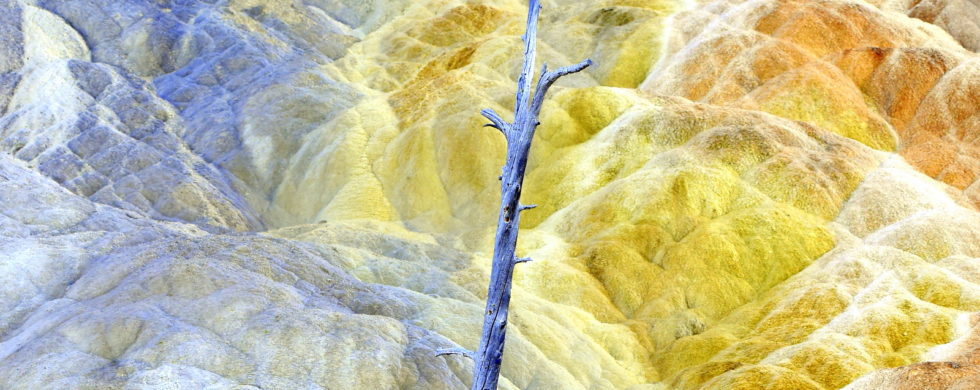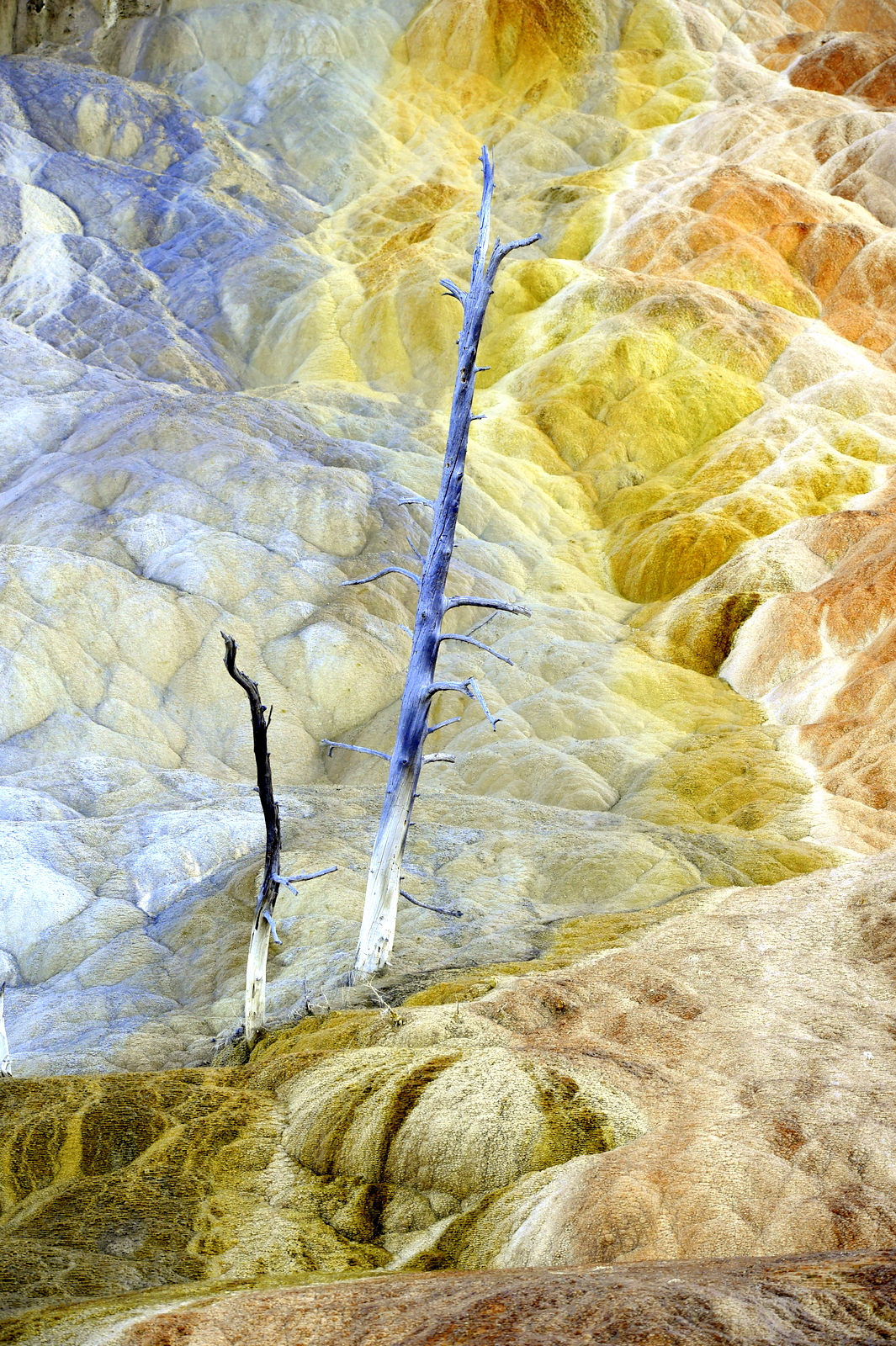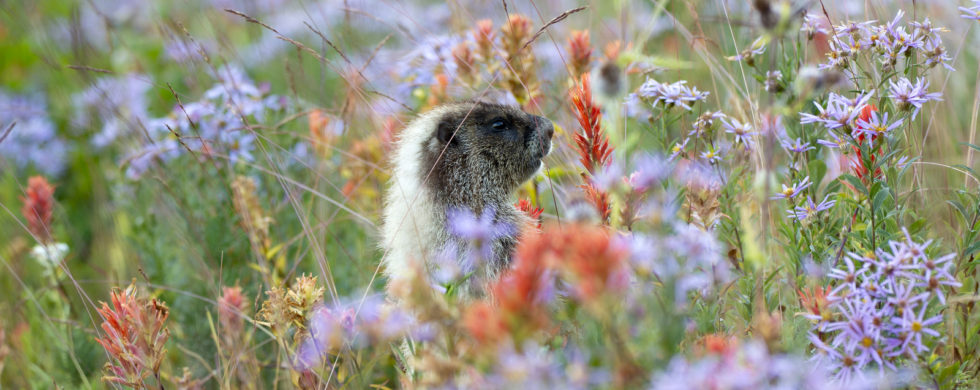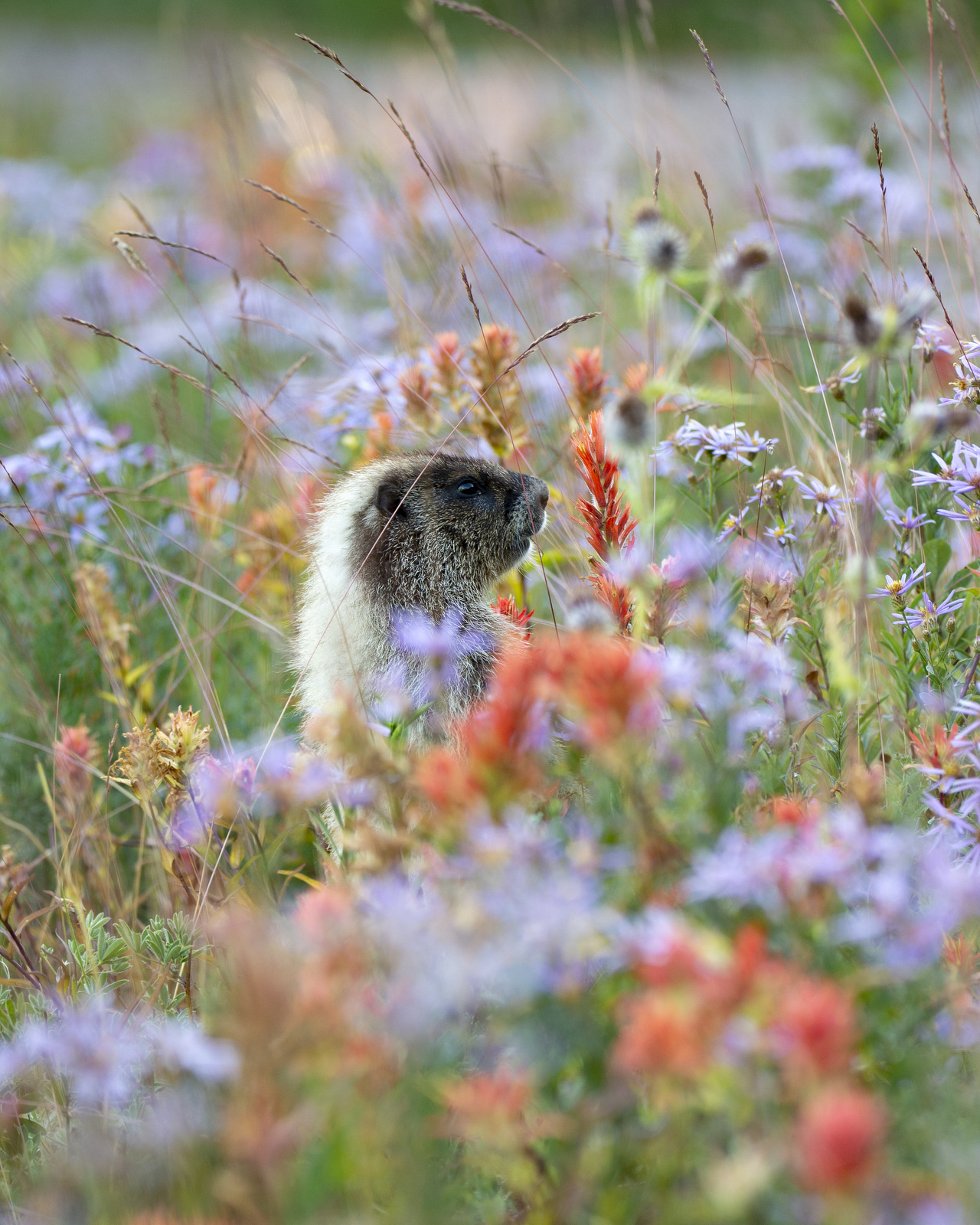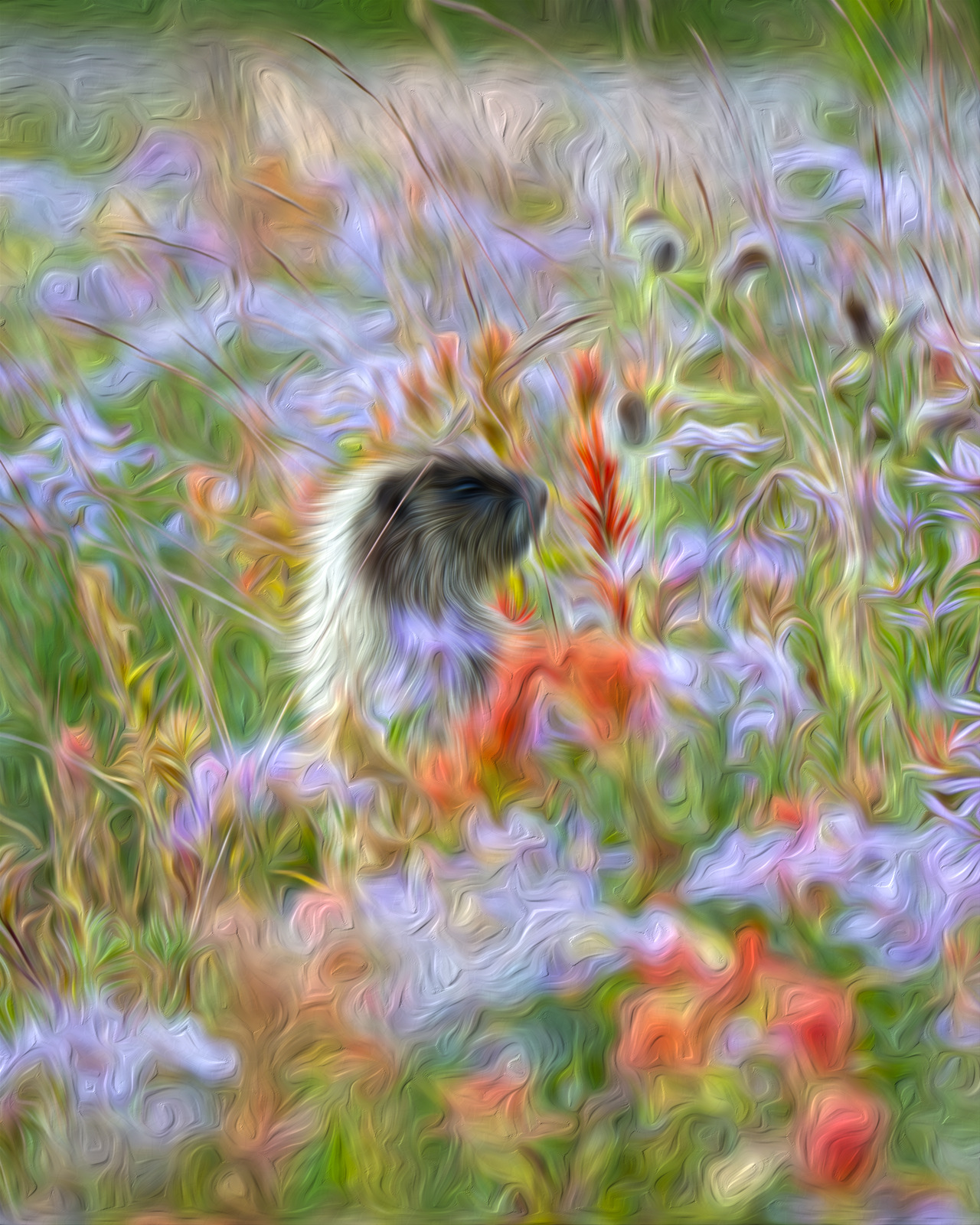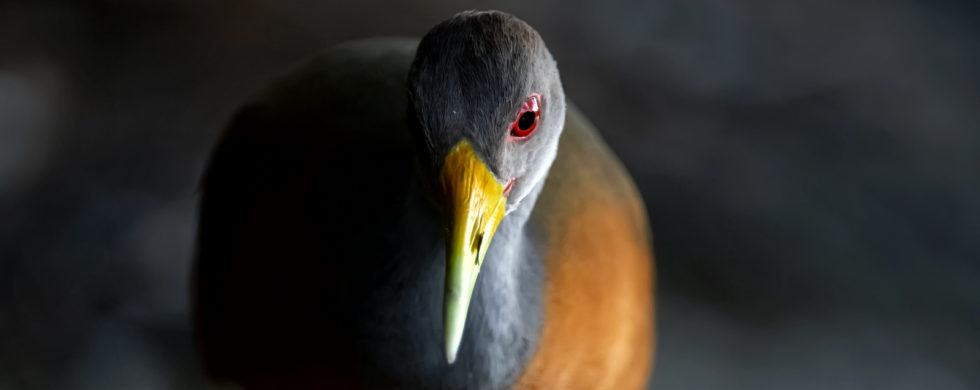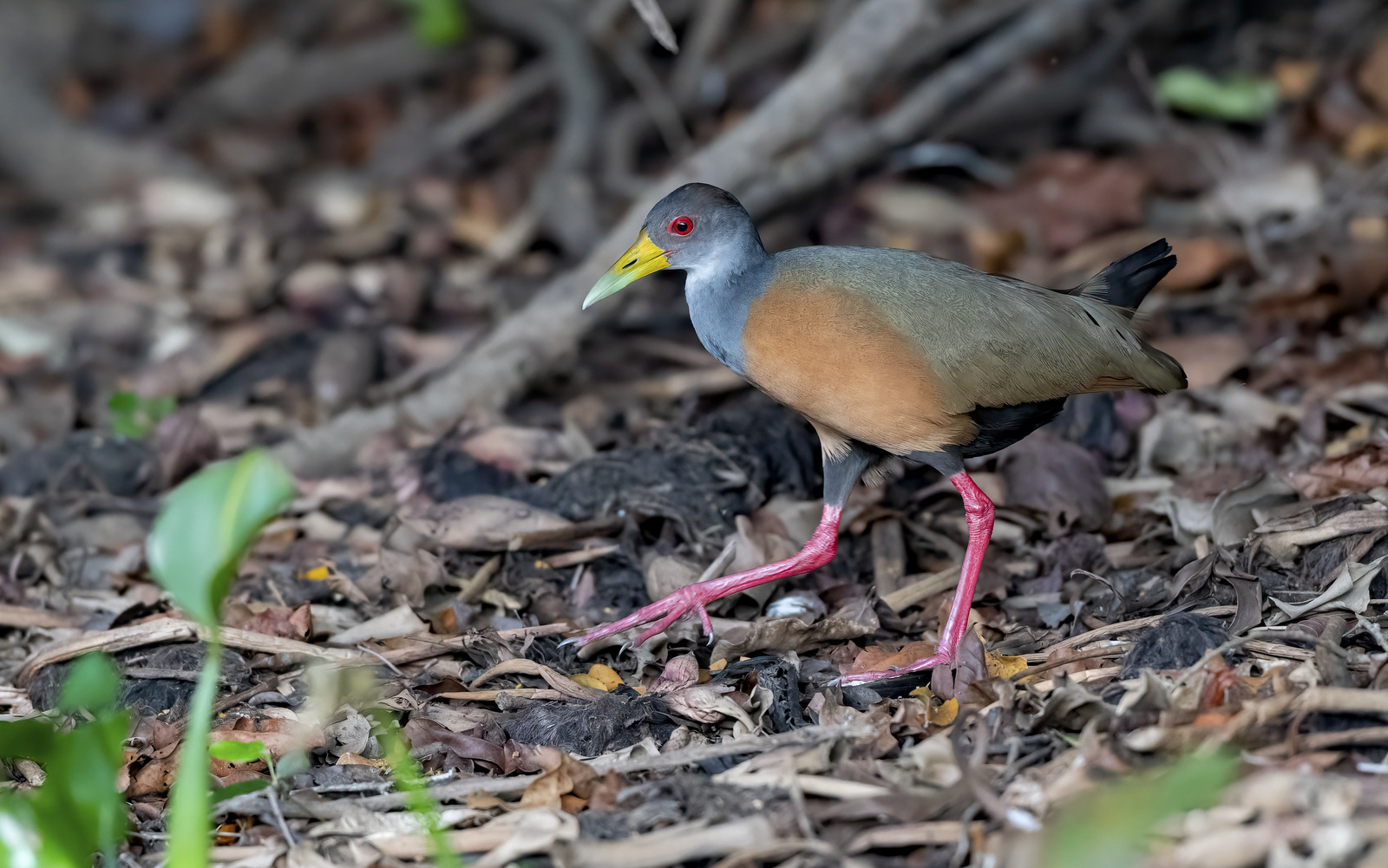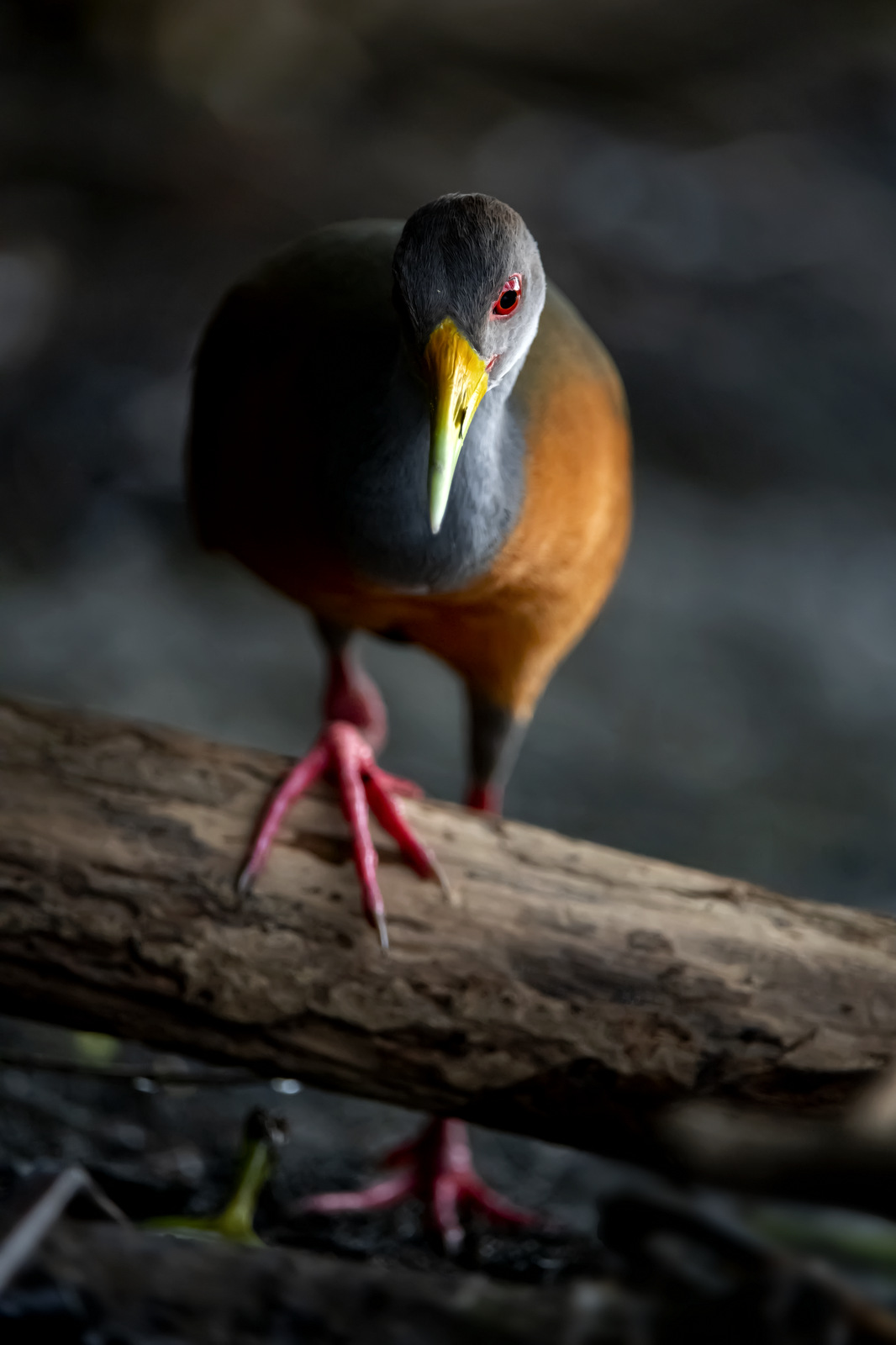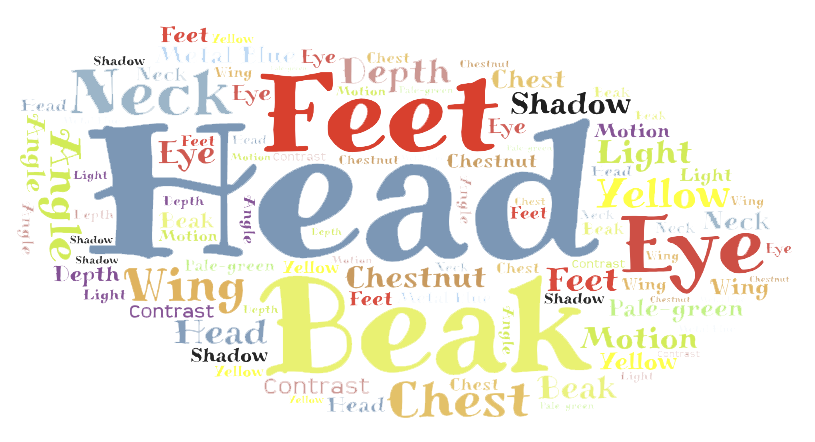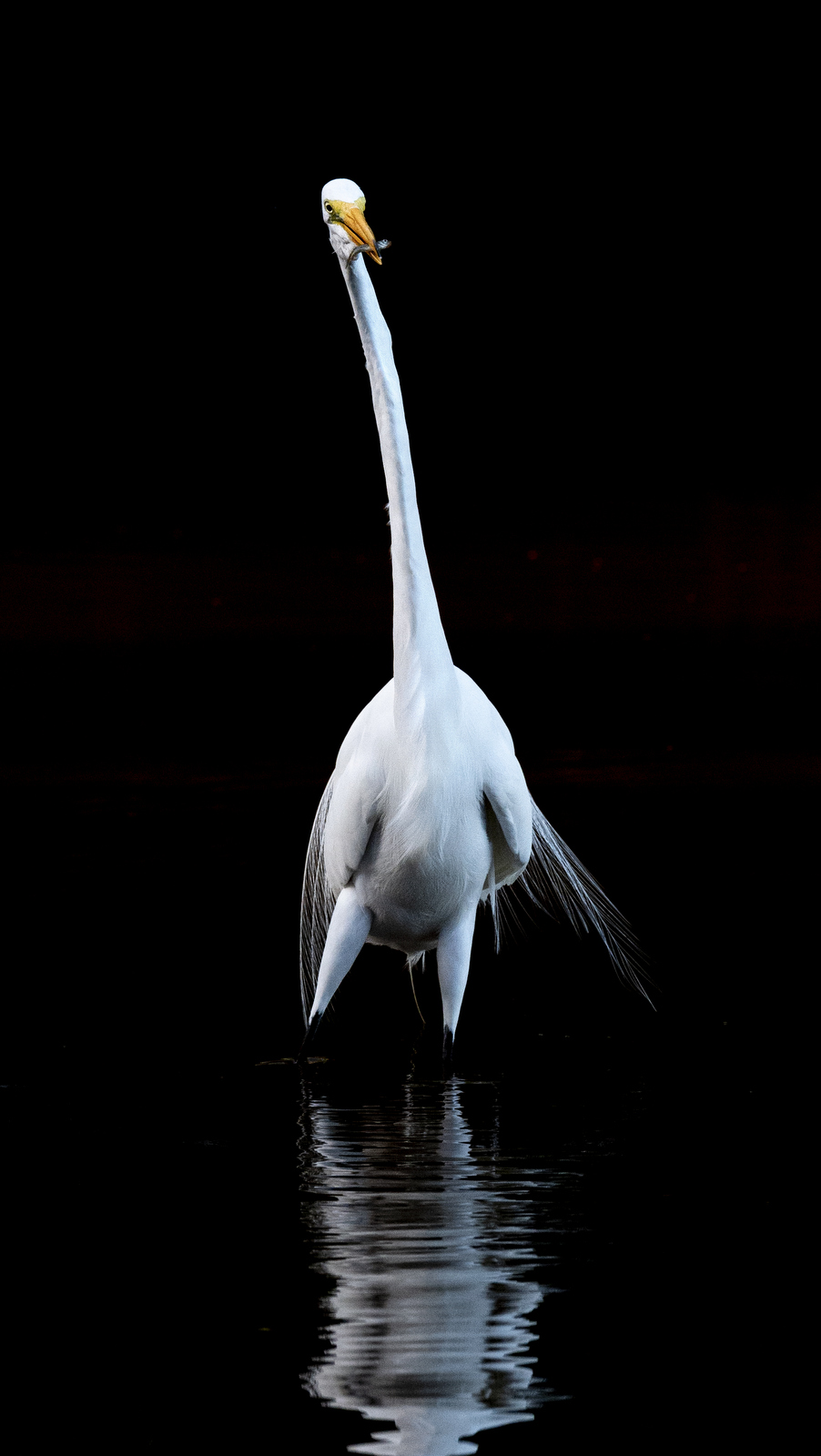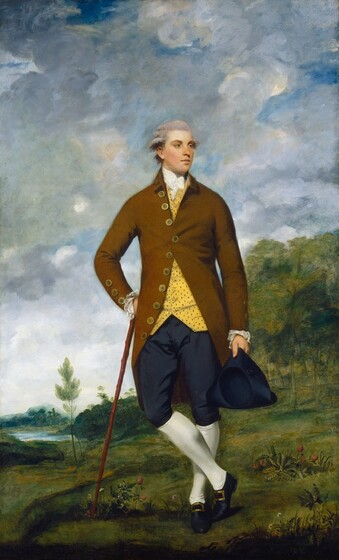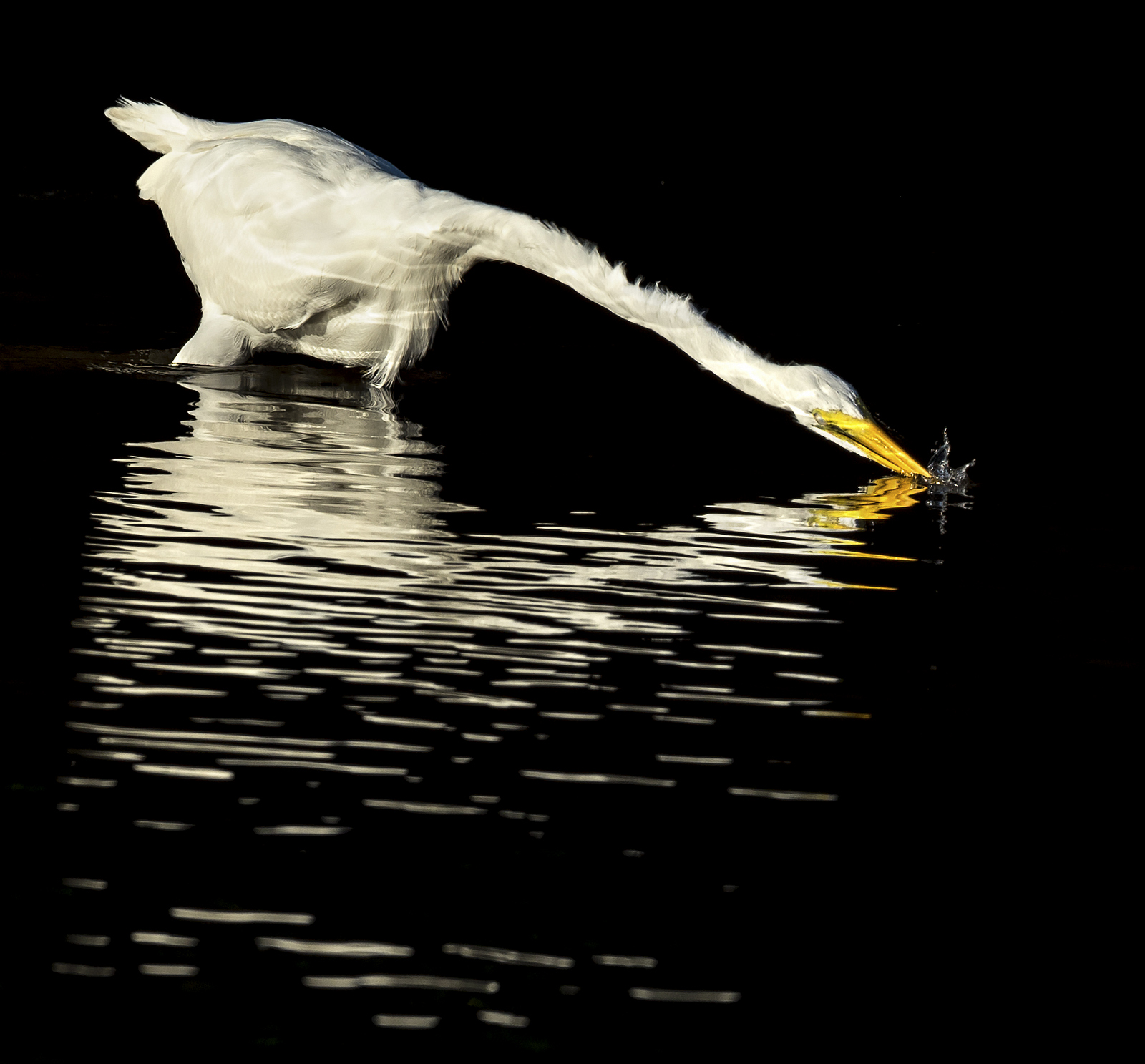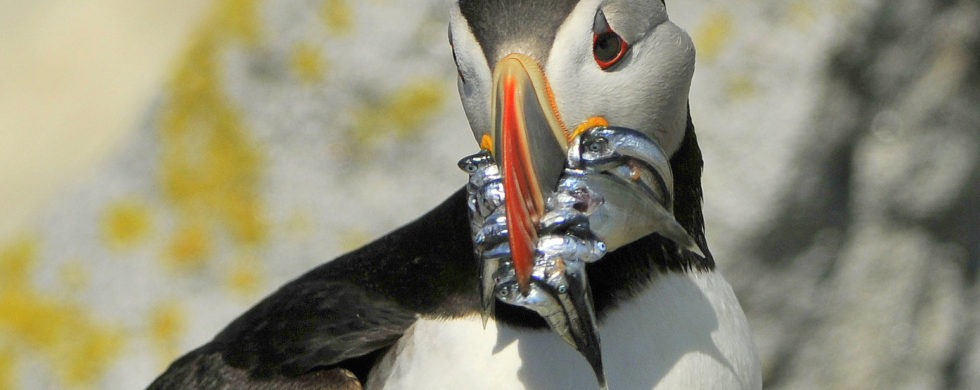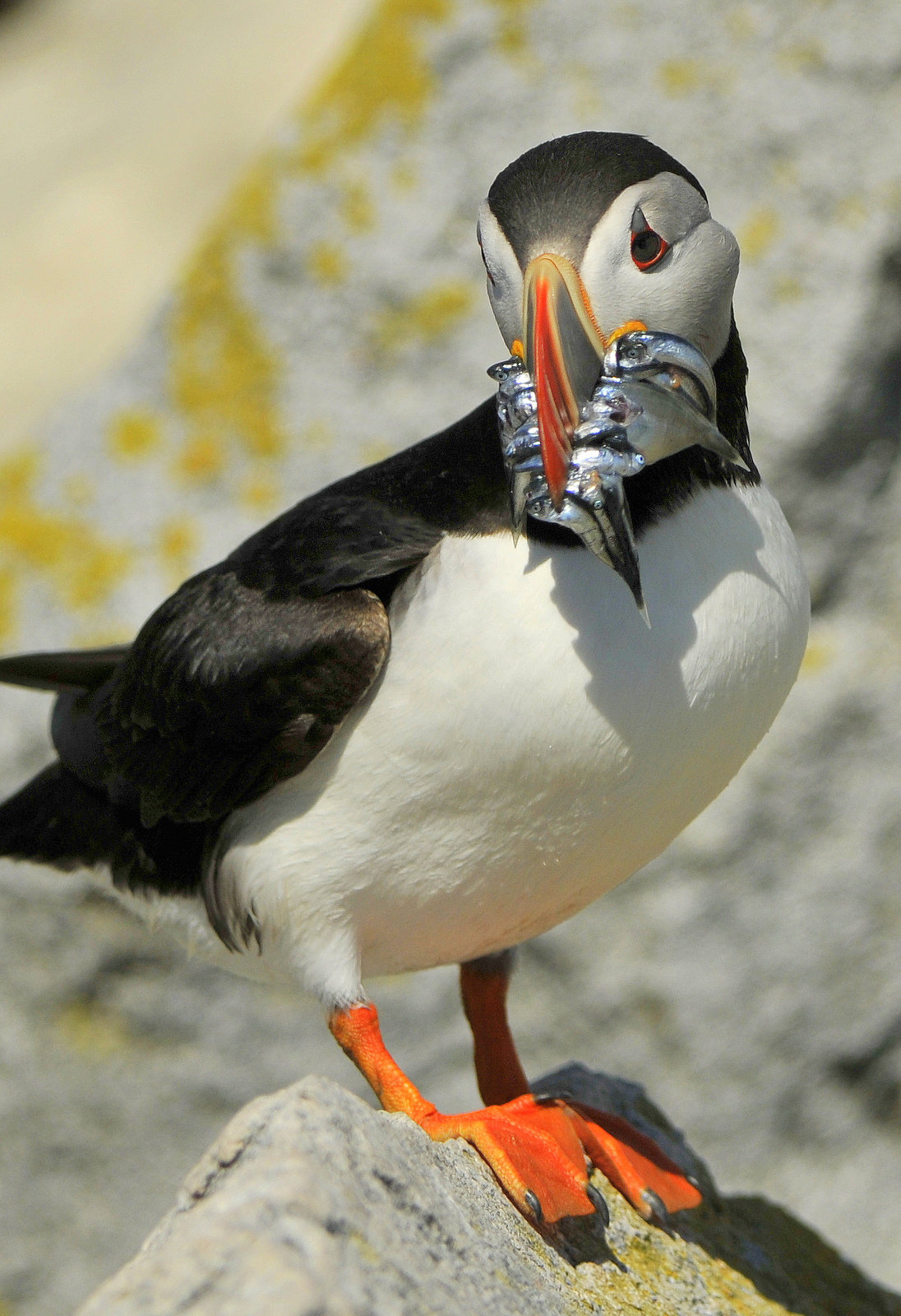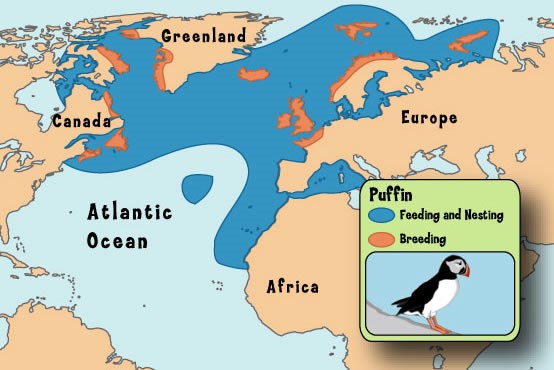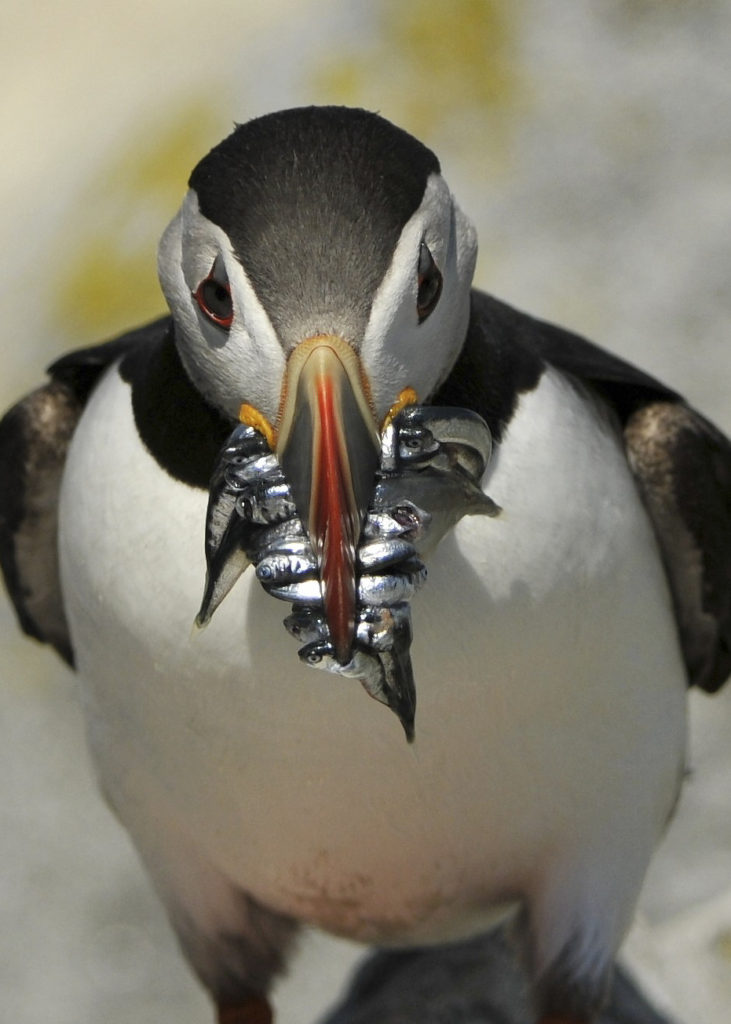31
Shot of the Month – July 2021
Check out this month’s crazy landscape — looks like we found a dead tree on planet Mars. This other-worldly scene can actually be found just down the street (as least on a cosmic-size scale) in Wyoming on planet Earth. This dead tree is part of the ever-changing landscape at Mammoth Hot Springs (MHS) in Yellowstone National Park.
How did Mother Nature work her magic this time?
Before reaching the sprawling network of hot springs the water that feeds the site first passes through an underground formation of limestone leaving it rich in calcium carbonate. When the hot water is released into the air it cools quickly and leaves an ever growing hillside of terrestrial limestone (known as Travertine). Each day the cooling water from the springs deposits two tons of new building material creating an ever changing landscape of sculptures, terraces, and new formations. For thousands of years the hillside has grown and changed as the waterflow ebbs and shifts over time.
Ever visited a cave and seen amazing stalactites and stalagmites? Yeah, basically the same process. The process is so similar that the National Park services describes the Mammoth Hot Springs as “a cave turned inside out.”
The dramatic colors are thanks to the range of bacteria that thrive in the warm, wet ecosystems created by the springs. Each type of bacteria has its own color and is uniquely suited to a given temperature range and acidity level. Yellow bacteria indicate very hot water while greens and blues indicate cooler temperatures. Two orange colored bacteria, Phormidium and Oscillatoria can be found in MHS and may be the source of those hues in my image above.
So, if you dig the groovy formations found in caves, but are also claustrophobic, then check out Mammoth Hot Springs for wondrous geology in the comfort of the open air and blue skies.
Until next month….m
The MHS are located near the North Entrance of the park near the town of Gardiner. If you are heading to Yellowstone NP and want to learn more on how to explore the MHS check out these detailed posts from other photographers:
Mammoth Hot Springs/Guide to the Terraces of Yellowstone
Exploring Mammoth Hot Springs in Yellowstone
Sources
Nikon D4S, Sigma 150-600mm (@ 150mm), f/6.3, 1/500 sec, ISO 1600

